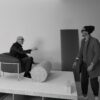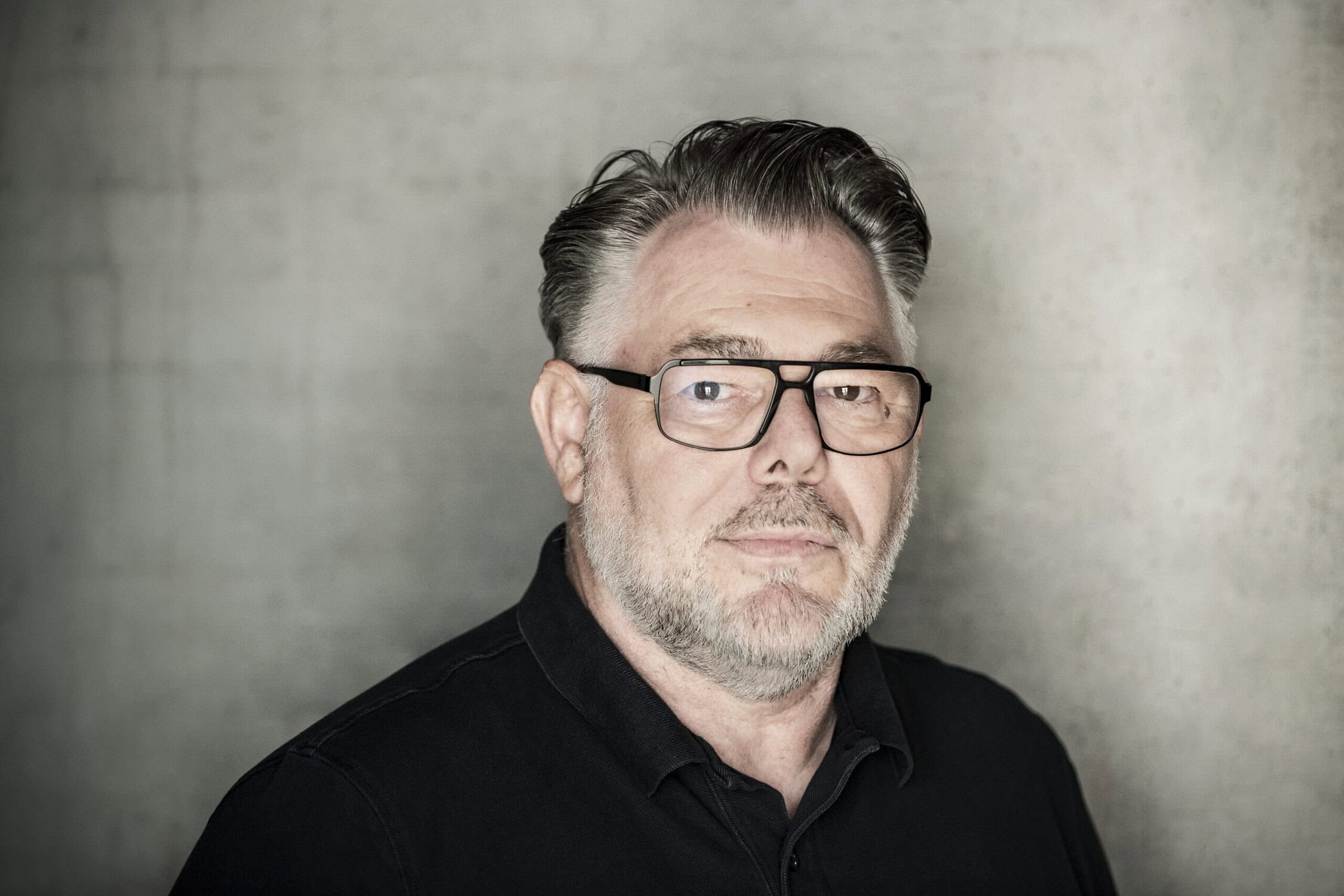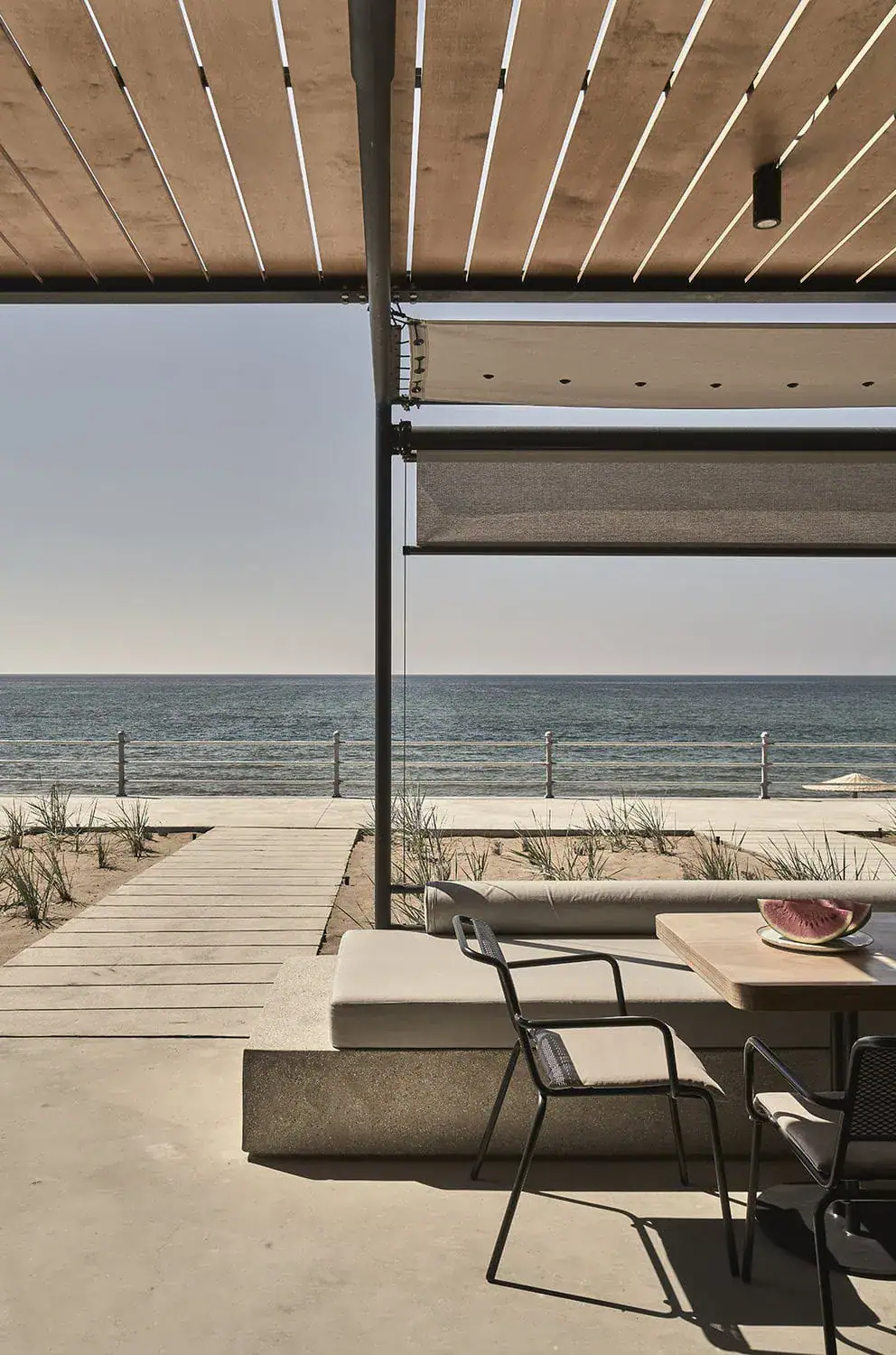On internationality, attitude, and Graz’s role in the world of design: Eberhard Schrempf
As Managing Director of Creative Industries Styria and co-creator of the UNESCO title “City of Design”, Eberhard Schrempf has put Graz and Styria on the international map.
In conversation with THE Stylemate, he speaks about openness, the power of networks, the significance of Design Month Graz, and why he sees the Styrian creative scene well positioned for the future.
Interview: Nina Prehofer
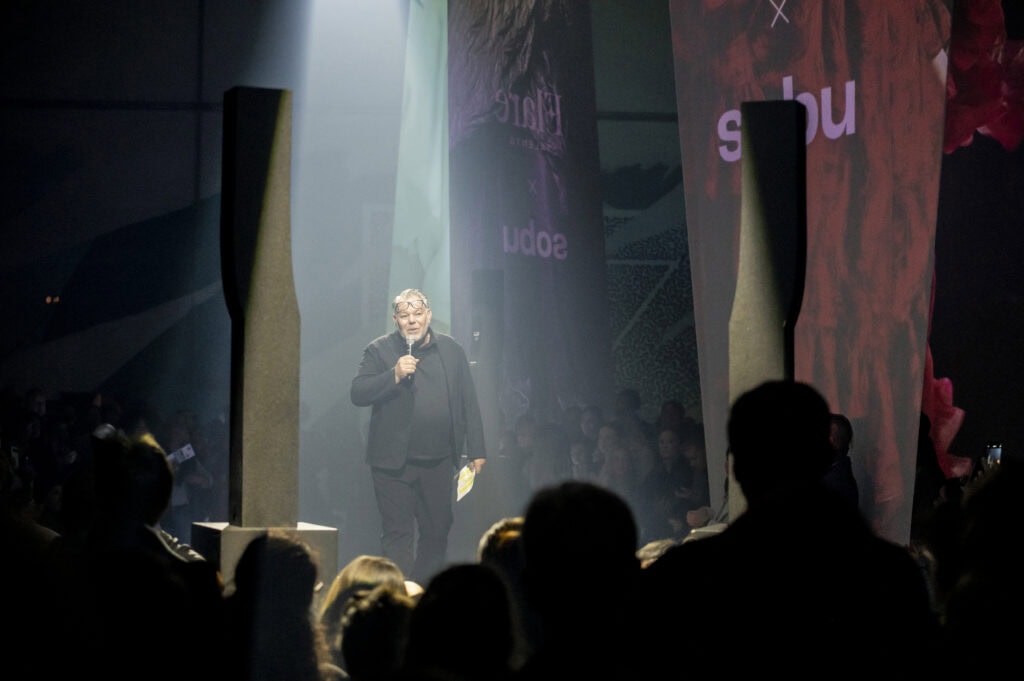
How has the term “design” changed internationally during your time as Managing Director, and how did you bring these developments to Graz?
Eberhard Schrempf:
In Austria, design was long reduced to aesthetics and luxury: shiny surfaces, branding, expensive – and often negatively connoted. Changing that was a long process, even among creatives.
For me, design today is “the intelligent management of chaos to create results of order.” It’s an attitude that shapes urban, sustainable culture, designs living spaces intelligently, and improves daily life – acting ecologically and socially responsibly.
Design is methodology, process, analytical approach, responsibility for resources, circular economy, sustainability. Designers have evolved into conscientious creators with an ethical compass.
Design Month Graz is now internationally established. What role does it play in the worldwide network of UNESCO Cities of Design?
Eberhard Schrempf:
Design Month is central for the visibility of Graz as a UNESCO City of Design – and for the community itself, locally and internationally.
t is a showcase, a terminal within the network of design cities, a “must” for the industry.
Local creatives meet international guests here – collaborations, ideas, and impulses emerge.
Despite a relatively small budget, we achieved enormous reach: DEZEEN listed Design Month in 2018 and 2019 as a “Best Design Event,” and Contemporary Lynx ranked Graz in 2019 among the “must visit” top ten design festivals worldwide – alongside Milan and London.
Other cities have since adopted the „Designmonat“ model. The fact that events take place over an entire month instead of being compressed into a single week brings advantages for studios, audiences, media, and tourism – and reliably increases overnight stays in Graz.
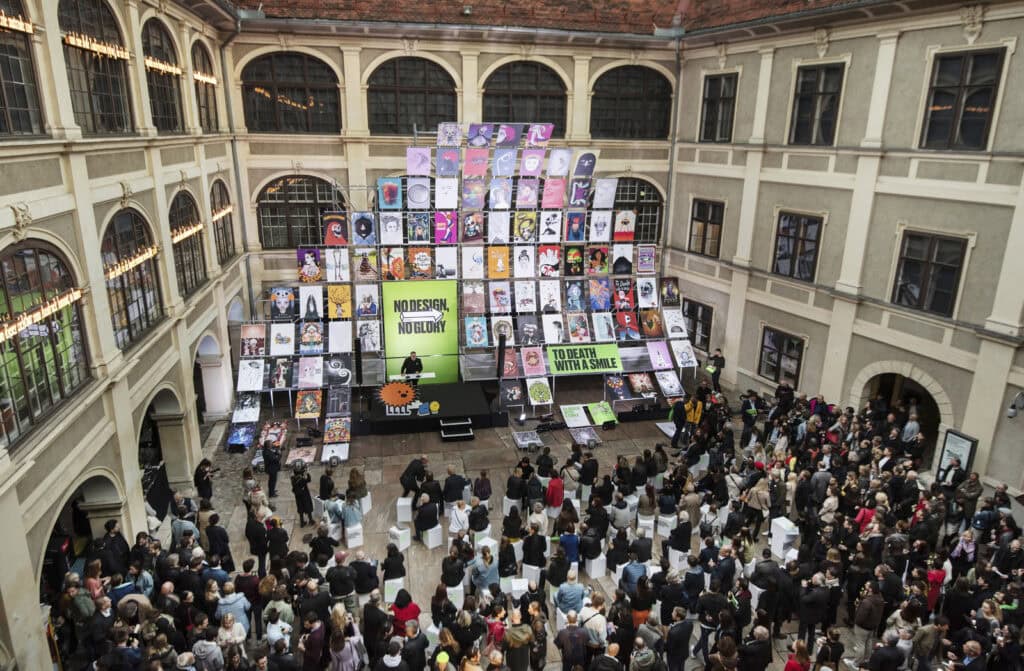
You initiated numerous international collaborations – which ones were particularly formative or surprising?
Eberhard Schrempf:
Graz became the tenth City of Design –– shortly after, Beijing joined. I strongly supported the inclusion of Detroit, Valencia, and Istanbul, also through the internationalization of FH Joanneum.
With the UNESCO Cities of Design, a completely new world of cooperation opened up. Particularly exciting projects included the Staff Exchange Programme, “Designers in Residence COD 100” – a 100-day scholarship – and the World Wide Things Collection launched with Montreal, a global online marketplace for selected design products.
Another highlight was the Design Clinic: an online format where renowned experts offer free initial consultations. In 2025, the first licensed Design Clinic opened in Puebla, Mexico.
At the core, it was always about creating value for the creative community: broadening horizons, increasing competitiveness, opening new markets.
How important is internationality for a comparatively small creative scene like Styria’s?
Eberhard Schrempf:
Very important – but only if studios are willing to operate internationally. Through mentoring and exchange programs, we encouraged many to take their first steps.
At the same time, many design studios here are already globally positioned.
The supposedly “small” scene is actually an advantage: people know each other, exchange ideas, collaborate. The network is an international showcase, a meeting place, a cooperation platform – and for many creatives, the launchpad for their first international ventures.
The Creative Industries Styria have made Graz and Styria visible internationally. What was your motivation to open the network beyond the region?
Eberhard Schrempf:
Well – if you want to stay among yourselves, I’m definitely not the right person.
My experience as CEO of Graz 2003 – European Capital of Culture showed me what is possible: the dynamism, the courage, the pursuit of excellence. All of that catapulted Graz from the edge of Europe to its center.
The UNESCO-Titel „City of Design“ title has no expiration date – it’s a mandate for the future, a logical consequence of the Capital of Culture year. Opening up externally always requires openness internally. Authentic openness must be an attitude – then something comes back.
My goal was always to bring tangible benefits to companies in the network: increase reach, open markets, unlock potential.
CIS acted as radar and bridge builder – into international networks like the Creative Cities of Design, giving local creatives direct access to global business.
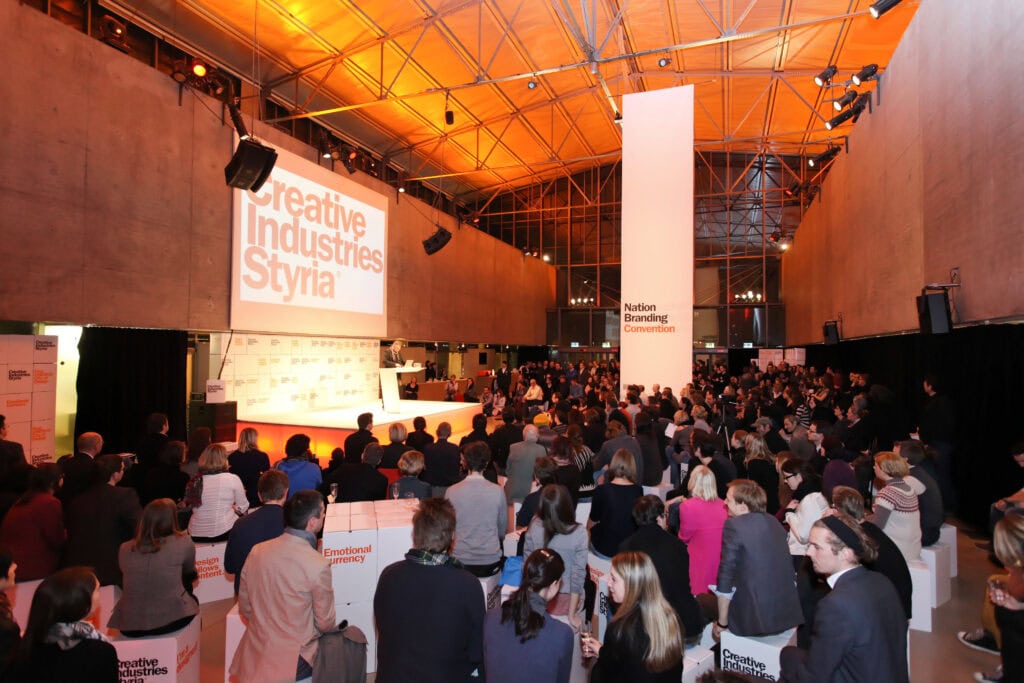
Are there design and creative industry trends that particularly inspired you on your international travels?
Eberhard Schrempf:
It depends strongly on the city. Detroit ticks differently than Valencia, St. Etienne differently than Helsinki, Kortrijk, or Bilbao. Yet all face similar challenges: urban development, vacancies, traffic, design of public spaces.
Kortrijk, for example, installed parking sensors in asphalt so drivers can run quick errands. Montreal created the Quartier de Spectacle – a district where it’s allowed to be loud. Helsinki integrates design into elementary school curricula. Such examples inspire, even if they are less noticed here.
“Graz was never about glamour and glitter. We positioned the city as an underdog with depth – designers who, away from red carpets, work on real solutions.”
What challenges did you face in positioning Graz internationally as a design city?
Eberhard Schrempf:
Graz was never about “glamour and glitter.” We positioned the city as an underdog with depth – designers who, away from red carpets, work on real solutions. Our credo: “Design follows content.” It was rocky, but honest.
Is there a meeting with a personality from the international design or architecture world that you will never forget?
Eberhard Schrempf:
Many. A memorable one was a night on the Bosporus with Stefan Sagmeister, Karim Rashid, and others – drinking Turkish çay and discussing nation branding.
Looking to the future: what role could the Styrian creative scene play more strongly in global exchange?
Eberhard Schrempf:
I see great potential. First steps have been taken through cooperation with mobility and automotive cities in the network.
What stands out is that many ideas are constantly being reinvented – that’s where we could come in.
Styria’s strength lies in its compact ecosystem and clusters: innovative companies, close collaboration with universities, and a high readiness for research and development.
The opportunity lies in integrating design and creativity into development processes from the very beginning, promoting cross-cluster projects, and strengthening cooperation across borders – locally and Europe-wide.

On a personal note: which cities or creative hubs worldwide have shaped you most – and where do you see yourself spending time after retirement?
Eberhard Schrempf:
Being a sun-seeker, probably Valencia. Equally fascinating, though rougher, are Detroit or Bilbao.
But most of all, Istanbul attracts me – the cultural clash, the chaos, the mix of Orient and Occident, everything in abundance – it exerts an incredible attraction.


